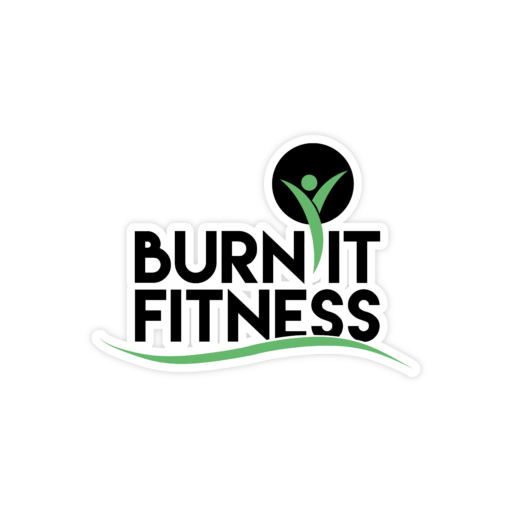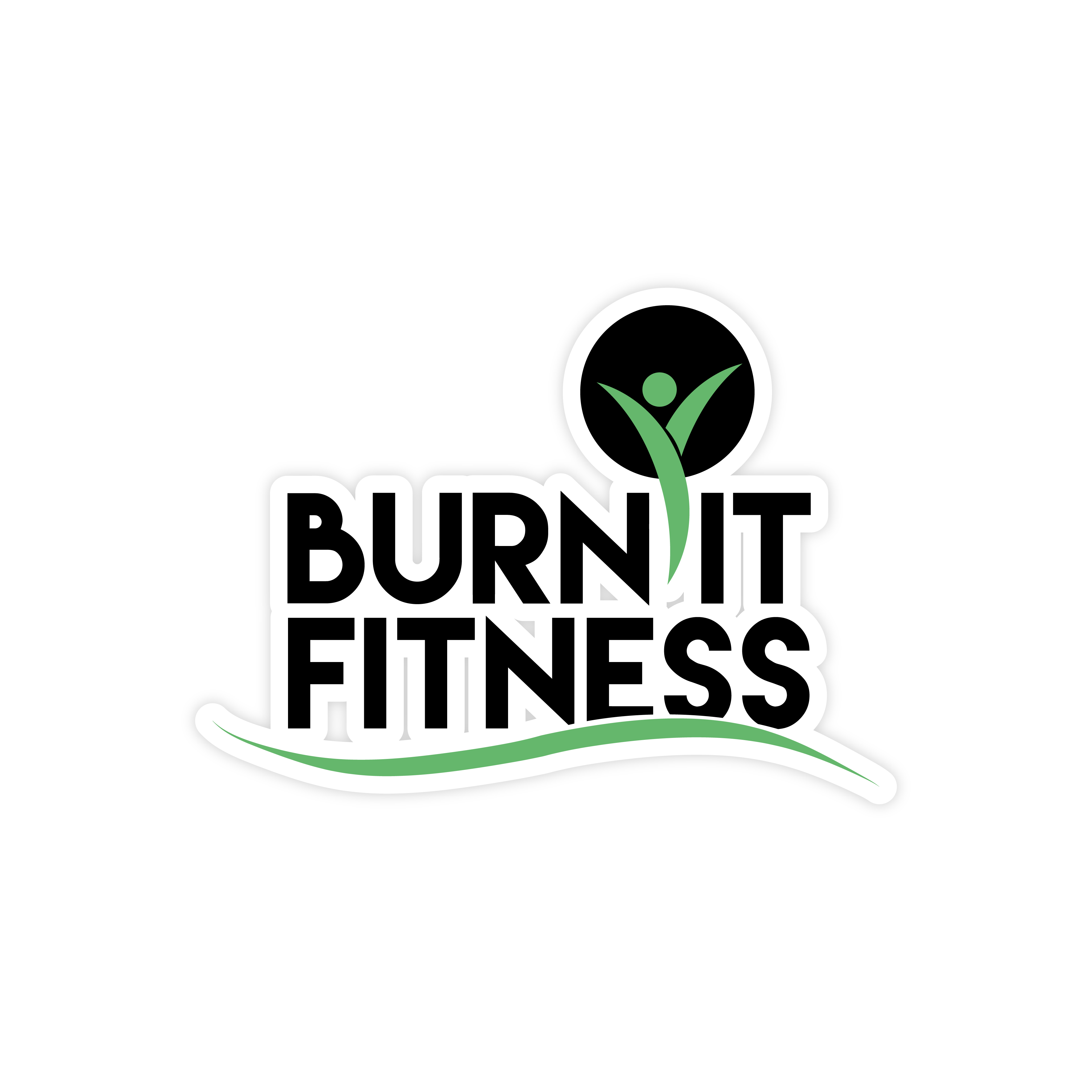The most sought after goal in the fitness world is the elusive ‘6 pack’ many strive to achieve it and fail. The person that said ‘Abs are made in the kitchen’ was as close to the truth as anyone has been, You already have a 6pack, take a look at this diagram and you can see that the muscle has 6 distinct sections. The reason most of us can’t see our six pack is we have a layer of fat covering it.
And we all know you can’t spot reduce fat (don’t we??) so simply doing more and more abs exercises will not give us a flat tummy. In fact if you only work your abdominals and don’t work the muscles in your back (erector spinae) then you will probably end up with lower back pain.
To get your body fat percentage down to the level required to have visibility of your abs you will need to eat really clean and be very disciplined with your portion control, protein, fat and carb content.
The main purpose of your abdominals is not to bend your spine, although it does that, it is to support and protect the spine. The need for your body to do the sit up move in everyday life is very rare, so more functional exercises are better suited to the real purpose of your abs.
Functional Ab training
Functional training is now a pretty familiar term for exercisers. It is a form of exercise that as well as getting you physical appearance results it also prepares your body for the rigors of everyday life. Making you stronger in a way that will help you live your life more fully and better protect you.
At Burn It we are massive believers in functional training and 90% of the exercises we implement into our camp structures are functional. Your abs work as a supporting muscle for all of the work we do, if you are paying attention to your core and keeping the muscles tight to give you a good posture then it will be impossible for you to finish the session without feeling you have trained your abs, with not a sit up in sight!
These exercises will ensure you get maximum core activation out of your session at the same time as protecting your back. Give them a try at home until you are confident you know how it feels; then try a boot camp with your core engaged at your next session and let us know how you get on.
Step 1: Palpation of Transversus abdominus:
In order to know whether you are contracting the correct muscles it is necessary to be able to feel them working. Place your hands on the bony parts at the front of your hips. Move your hands in an inch towards your belly button and down and inch towards your toes. You should now be directly over the transverse abdominus muscle. As the entire core muscles co-contract, when you feel your transverse contract the others will be contracting also.
How do I know if I’m engaging my core?
When you contract your core correctly you should feel a gentle tightening under your fingers when they are in the above position. If you feel a ‘bulge’ you are contracting too much. The correct level of activity in core muscles should be 30% of their maximum so that they have enough energy to contract continuously throughout the session. To contract the right amount, use the techniques below to maximally contract, then leave off the contraction by half and then by half again. This takes PRACTICE but is extremely important to get right in the early stages. Failure to contract properly will mean unwanted contraction of the larger muscles surrounding the core. These will take over movements and thus defeat the aim of the exercises.
All the following movements should be carried out whilst lying on a firm surface. Bend your knees and hips so that you are lying comfortably on your back with your knees up and feet shoulder width apart. Make sure your shoulders are relaxed and concentrate on breathing into the sides of your ribcage to take emphasis off the diaphragm – try not to breath into your abdomen and not into your upper chest. Remember to breath normally throughout all the exercises- it is common for beginners to hold their breath as they focus on contracting the core.
Imagine that a belt with 10 notches is tied around your abdomen. Take a deep breath in and on exhalation visualize that the belt is being fastened up to the tenth notch. Using the above transverse palpation technique can you feel a tightening (not bulging) under your fingers? Now visualize leaving the belt off to the 3rd notch.
[http://www.sportsinjuryclinic.net/rehabilitation-exercises/core-strengthening-stability/contracting-core-muscles]
We are sure you will find this useful however if you really want to do an abdominal / core dedicated workout then we suggest once or twice per week for up to 20 min is sufficient. If you email info@burnit.co we will email you a free at home core workout.




